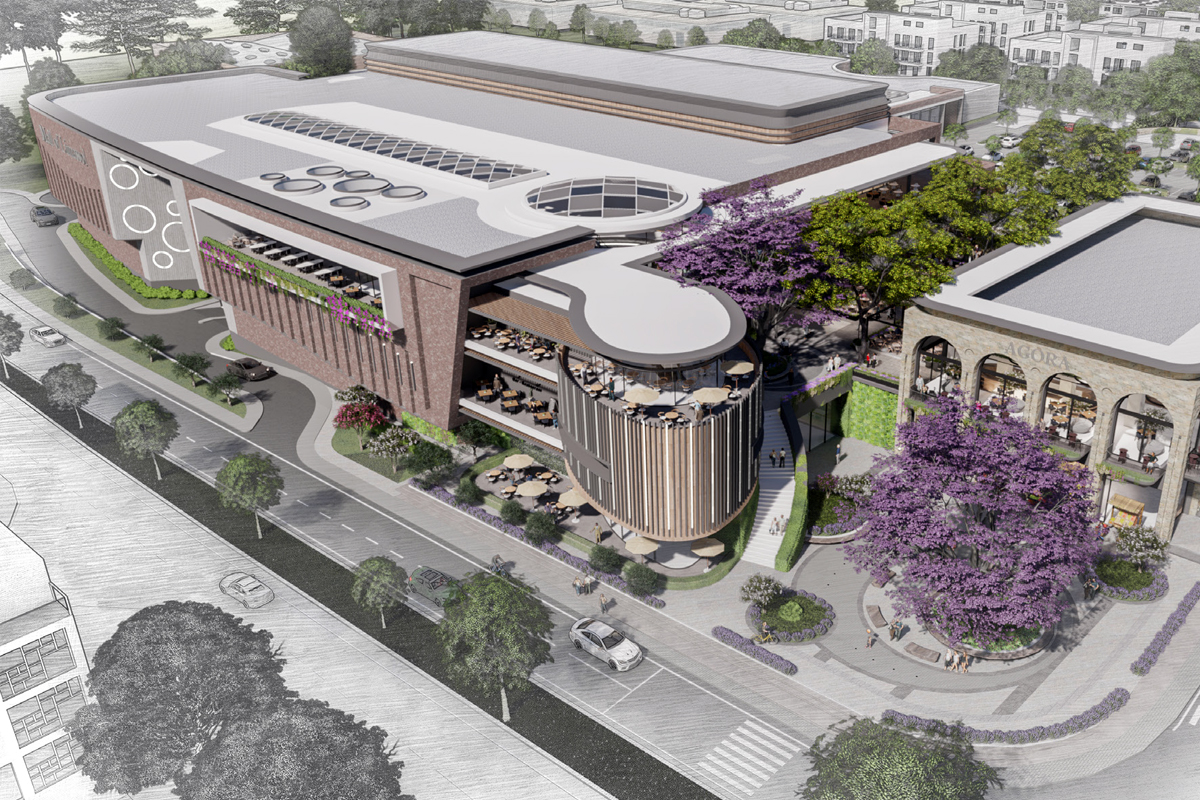The topic of growing traffic congestion, especially in developing areas is always high on the agenda of all affected parties in any new development or expansion. As Limassol gears up for the proposed Mall of Limassol, the topic of traffic management takes centre stage. In this Q&A session we explore the intricacies of traffic solutions and the positive ripple effects the new development is expected to have on local congestion issues. We sat down with Roux Gerber, Head of Developments at Atterbury Europe and Asset Manager, Lucille Louw to get their valuable insights on the proposed new mall in Limassol.
Q: The term “traffic” seems to have different meanings for different parties. Could you elaborate?
Roux: Traffic is multifaceted. For the developer, traffic is the general term we use in respect of access to and from the development, as well as the way we refer to customers who visit the inside of a mall. We therefore mainly refer to three classes of traffic: Vehicular, pedestrian and delivery traffic.
The art in the design of an optimal traffic flow system for a development is that each class of traffic must have dedicated and uninterrupted access routes to and from the development (mall) and cross-roads with other traffic classes should be minimised.
For tenants, traffic refers primarily to customers visiting the development (mall) and more specifically the “feet” or visits to a specific store. Tenant traffic also relates to deliveries of goods to and from a mall.
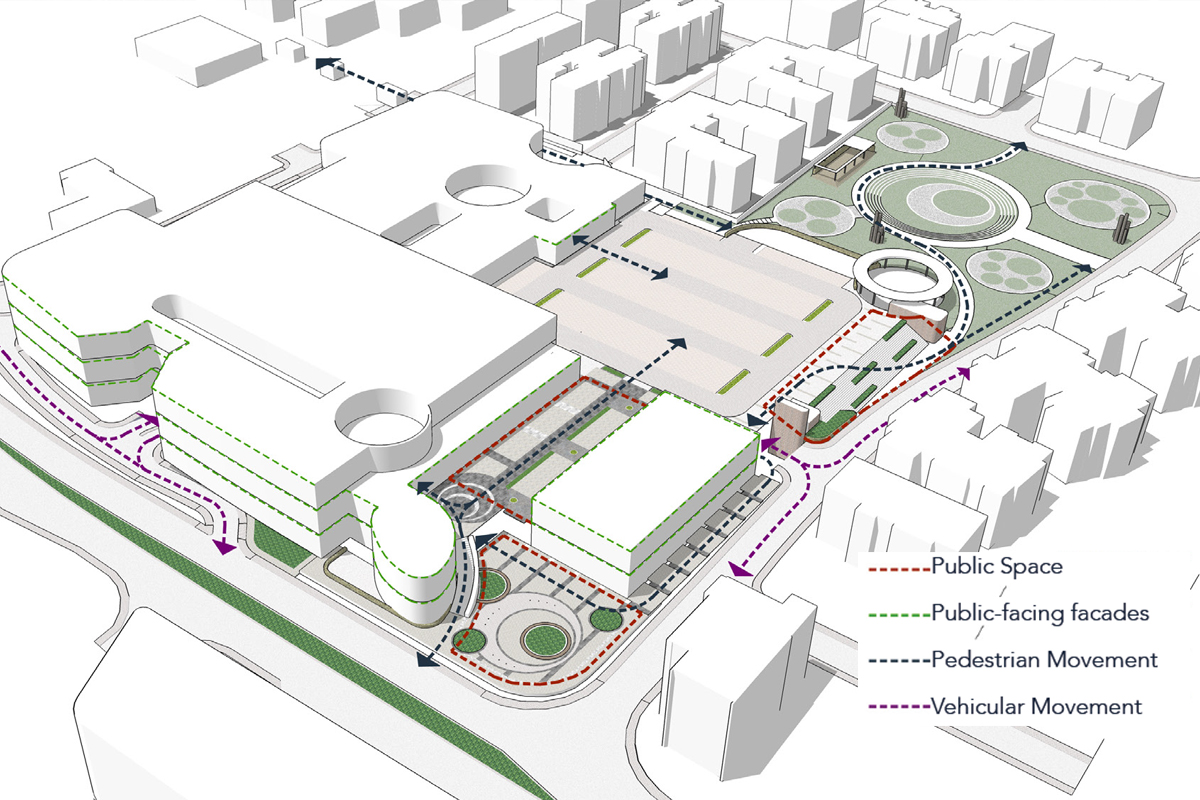
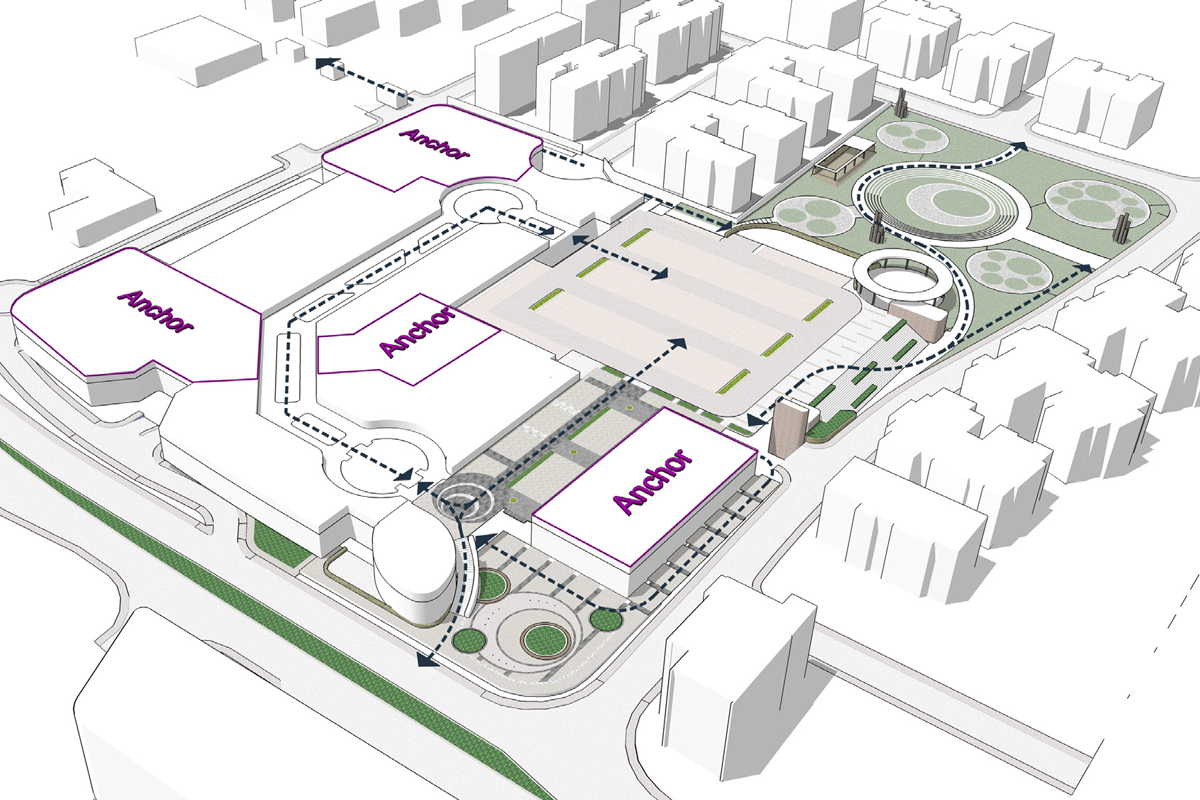
For a development’s customers, traffic denotes how easily one can access and depart from it and covers ease of parking and how many people go in and out of a mall.
Lastly and most importantly for the neighbouring public, traffic relates to road network flows and congestion around a development. This refers to the impact of the development on existing traffic flows in the area.
So, for us as the promotors and developers it’s about ensuring seamless access for vehicles, pedestrians and deliveries to and from the development (mall). Each category must have clear, uninterrupted routes and flows. Tenants focus on customer inflow and supply deliveries, while customers care about the convenience of access, parking and navigation within a development (mall). The neighbouring public’s concern is about a development’s impact on the existing road networks and congestion.
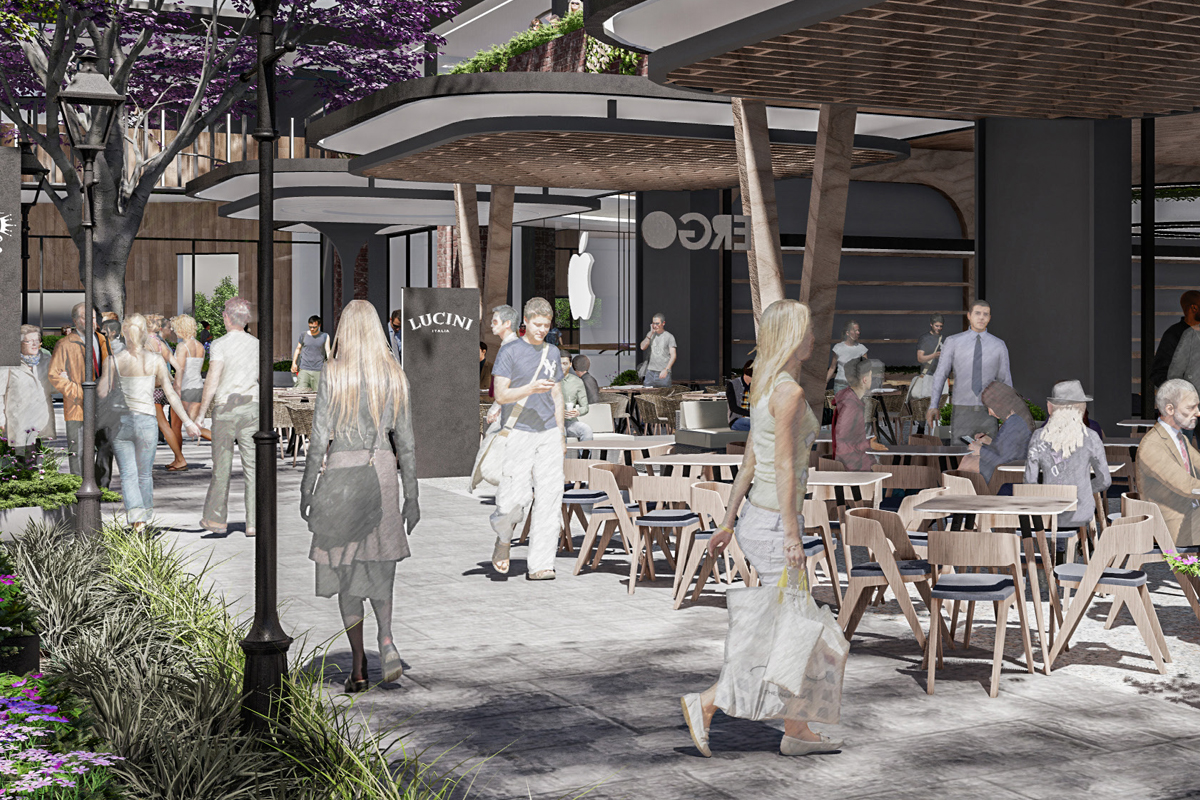
Q: Traffic plays an important role in the planning process of a development. Please elaborate on the significance of traffic in the planning of a development by Atterbury Europe
Roux: Traffic planning is of fundamental importance. If traffic issues can’t be resolved, the development simply isn’t viable. It is extremely harmful for a development to have traffic challenges, as it directly affects the number of people who will visit it and may even result in potential customers avoiding going there due to traffic issues as it is human nature to avoid places of inconvenience or discomfort. People specifically don’t want to be stuck in unnecessary traffic. To ensure an optimal, smooth operational development, Atterbury Europe goes the extra mile in the planning and permitting process by commissioning independent traffic impact assessment studies and authority consultations, which are used to assist in the optimal design of a new development’s traffic solutions and flows.
Q: From an operational standpoint, how critical is traffic management in a development and more specifically a mall?
Lucille: It’s essential. Imagine the mall as a living entity; tenants are the heart, facilities and spaces created in the mall are the arteries and customers represent blood. If blood does not flow due to congested arteries, the heart will stop. In mall language this means traffic jams result in no customer flow. Without customers, a mall can’t survive. Therefore, ongoing traffic management is crucial for continued success in developments.
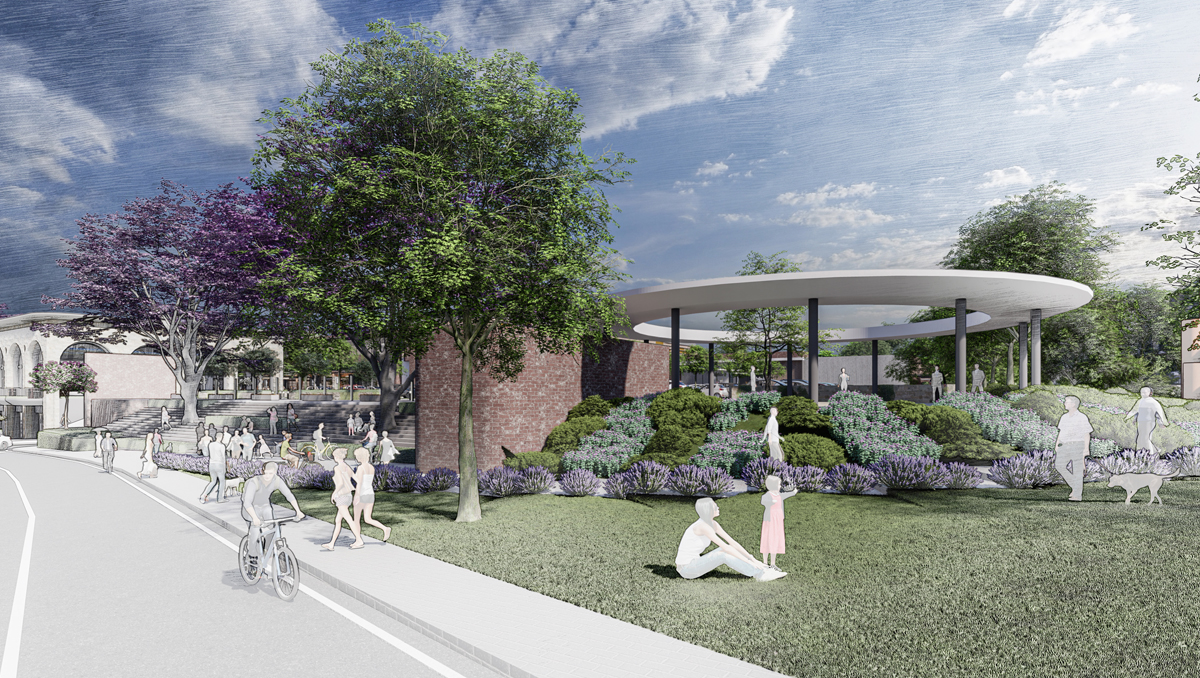
Q: Can you describe the important aspects of traffic management during the operations of a mall?
Lucille: The management of the various classes of traffic, as Roux mentioned, is critical. It is therefore imperative for mall management to have access to a facility that supports the inviting architecture of the building, with an optimum traffic design solution already in place.
Traffic management involves running delivery and refuse collection services normally outside mall operating hours, managing parking spaces for customers visiting the mall to ensure easy, safe convenience and lastly, the supervision of customer circulation inside the mall in such a way as to provide convenience and exposure to all the exciting tenant offerings in the mall. And most importantly, keeping these access flow routes and services in a clean and operationally sound condition. Atterbury Europe is well-versed in these areas, ensuring traffic management always supports our inviting architecture.
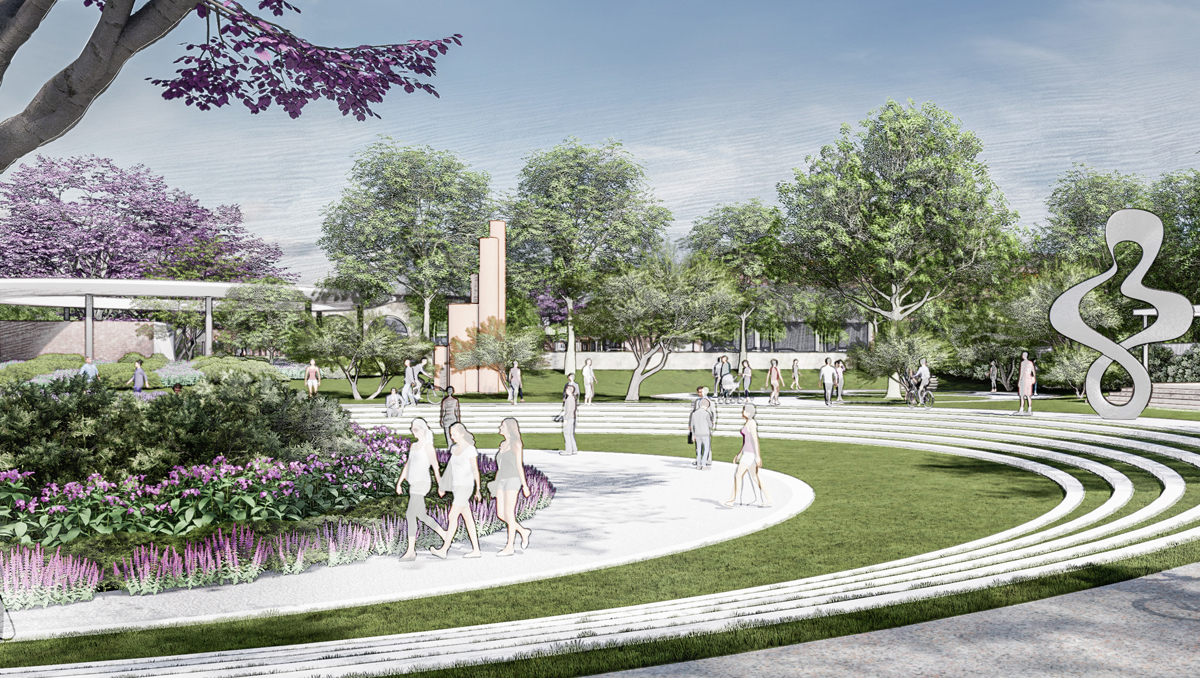
Q: How did you approach the proposed development in Limassol, considering the importance of an optimum traffic solution?
Roux: We approach traffic in all Atterbury Europe’s developments as a priority, which is also the case in the proposed development in Limassol. From inception, we have focused on traffic as an integral part of the design and planning process, to ensure a successful project that will fulfil the demand and further minimise its impact on the existing traffic situation in the area.
We must remember that Limassol, as a city, has experienced the highest expansion growth in Cyprus over the last few years. The current infrastructure is constantly undergoing upgrading due to this rapid expansion. Therefore, we conducted independent professional traffic studies in consultation with the authorities. These studies and consultations are being incorporated in the proposed development design to mitigate and minimise the impact on the existing traffic in the region. We believe these are pivotal in designing a development that complements the city’s growth, without exacerbating traffic woes.
Q: Can you illustrate the impact a new mall has on regional traffic with an example?
Roux: As a starting point, one must always remember that any site in a developed area has a pre-set development zonal plan which relates to what the authorities plan to develop on this site i.e. residential, commercial, retail, industrial or a combination thereof. Consequently, the impact of the final site’s traffic impact is measured against the anticipated traffic of the earmarked zone plan for the site.
In the case of the proposed development in Limassol, the authorities’ original zone plan caters for commercial and dense residential uses, and our proposal is for a retail mall. Therefore, the traffic impact of high density residential and commercial use is compared against a mall development. The general impact of a mall is far less than that of a high density residential mixed-use scheme, however despite the negatable negative impact, we still mitigate traffic flow in our proposal for the benefit of all parties involved.
It is essential to understand peak traffic flows in the environment of any proposed development. This is determined through traffic counts in strategic, agreed locations and time slots. Once existing traffic flows are understood, the anticipated traffic flows the proposed development will generate are calculated based on projections and historic trends from other similar developments. These two data sets are plotted against each other to visually illustrate total expected traffic flow as part of a process to develop an optimal, integrated traffic solution.
In Limassol, peak traffic flows before the mall’s operational hours indicate our traffic solutions are feasible. Interestingly, carefully planned new developments can even relieve some of the existing traffic congestion by acting as a traffic ‘syphon’ – offering safe parking options as a respite during heavy traffic times, which we anticipate for the proposed Mall of Limassol.
The schematic below provides a good example of the minimal effect that the proposed development in Limassol could have on existing general traffic. The graph illustrates that the peak hours of general traffic in the area largely do not overlap with the peak hours of traffic associated with the mall.

A sound traffic solution is as important for the developer as it is for customers and the surrounding environment. It is the veins that allow lifegiving blood to flow.
Q: Lastly, have you managed to address the different traffic classes in Limassol’s proposed traffic solution?
Roux: Absolutely. The studies are complete and we’re now consulting with authorities about a comprehensive solution that, in the opinion of professional experts, will provide an optimal solution for all parties. The proposed solution involves participating in upgrading existing road infrastructure by the municipality in the close proximately of the mall, fully funded specific road upgrades, establishing dedicated delivery areas and ensuring ample parking with convenient access. Pedestrian access and internal customers’ foot traffic flows within the mall are also being meticulously planned. We’re confident our solution checks all the boxes for safety and convenience for all traffic classes impacted by the mall.
In conclusion, Atterbury Europe’s detailed approach to traffic management promises to make the proposed Mall of Limassol a benchmark for future developments. With the promise of managed traffic flow and enhanced accessibility, the proposed mall isn’t just poised to be a retail haven but also a catalyst for participating in traffic improvements in Limassol.
Look out for the next story in our series, in which we’ll explore the mall’s environmental sustainability initiatives.

